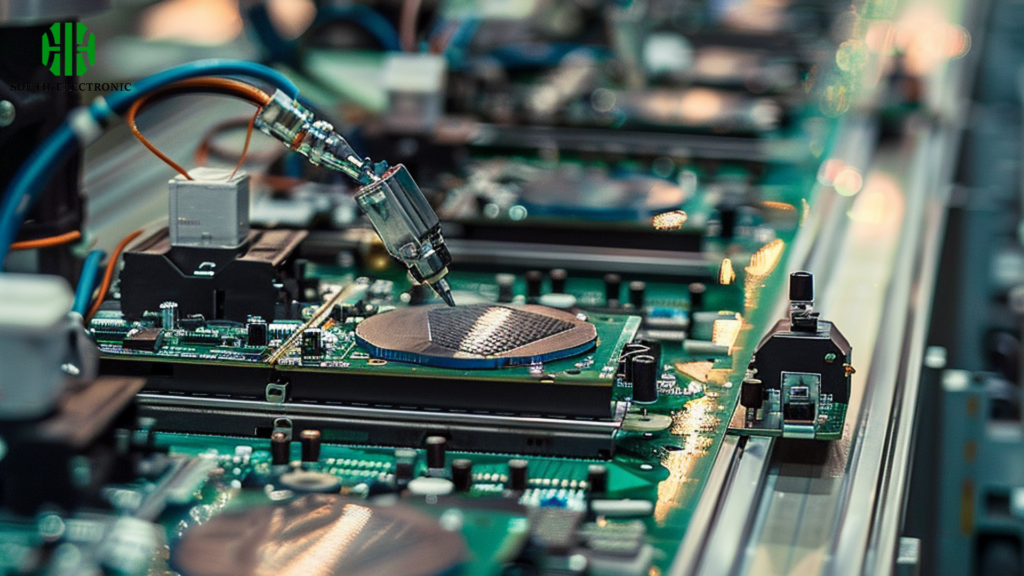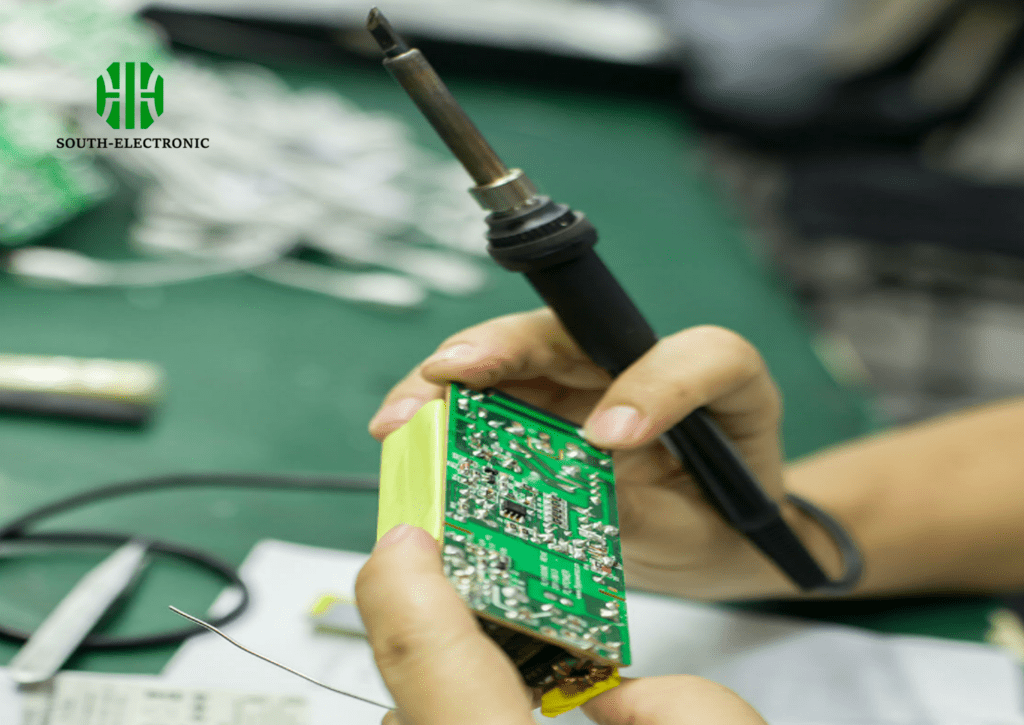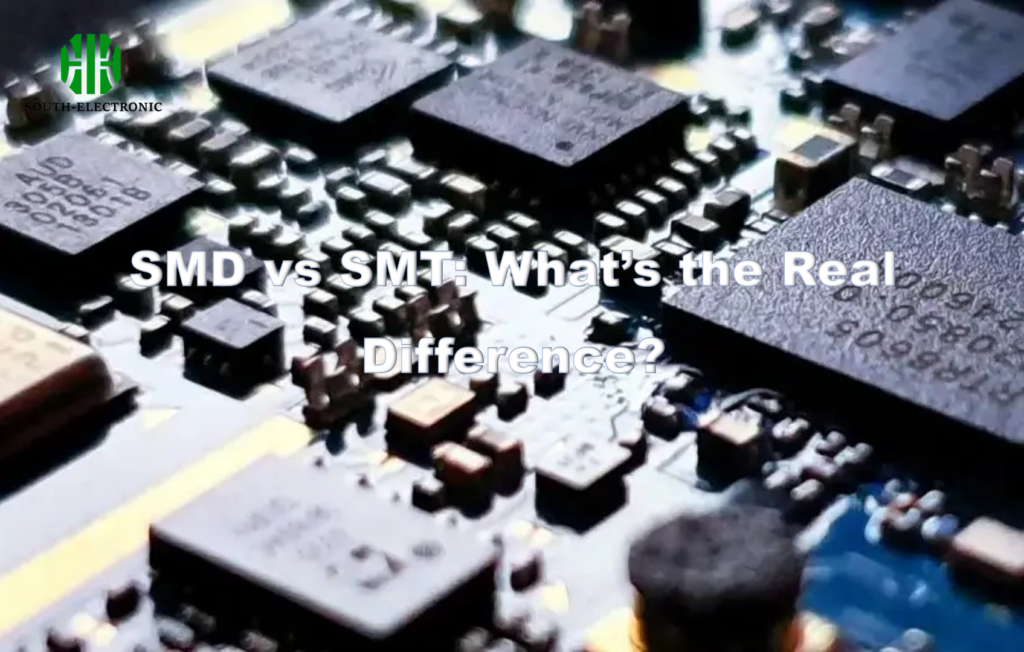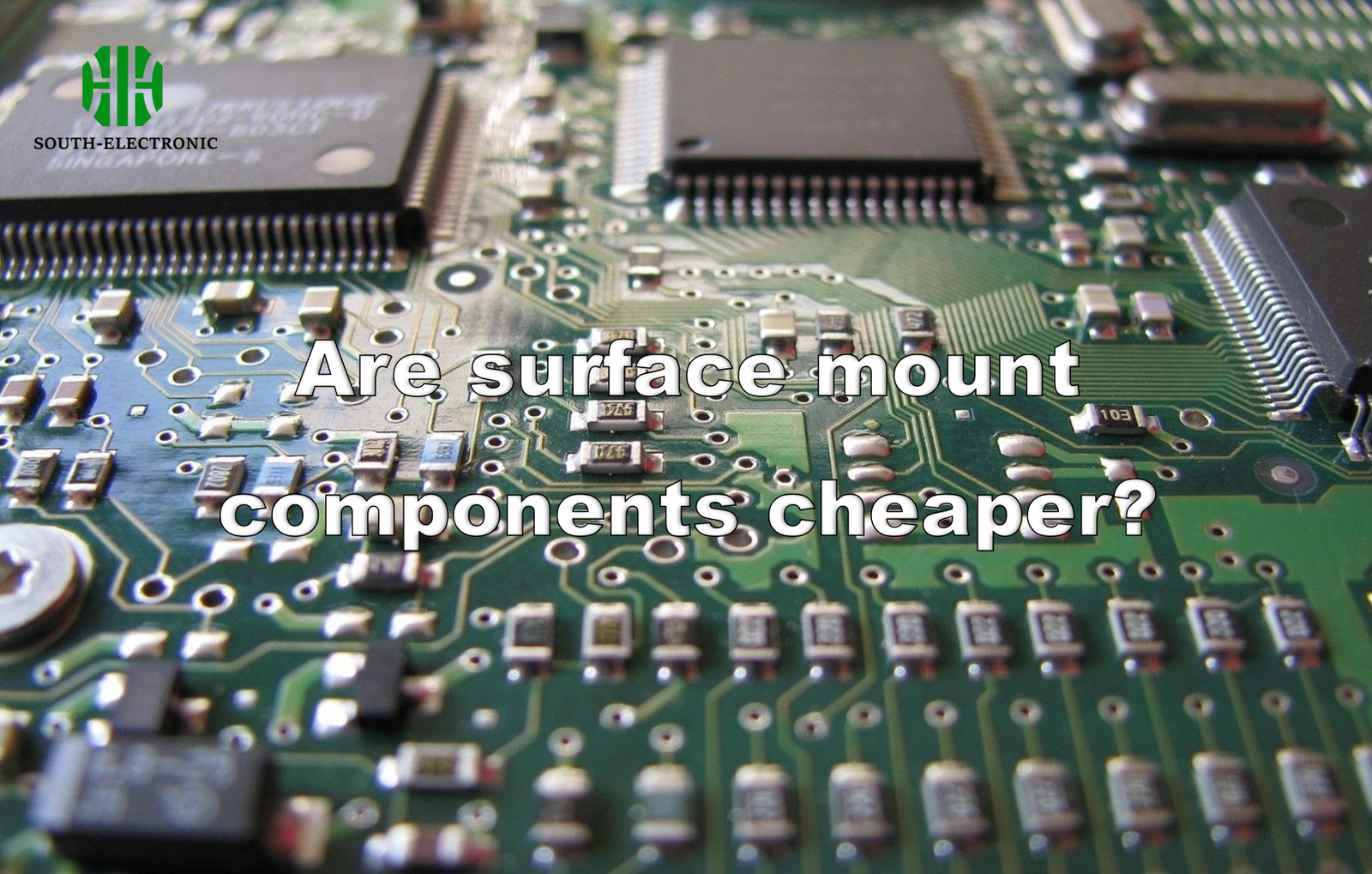I used to pay hundreds extra for through-hole parts until discovering surface mount alternatives. Manufacturers love SMT for good reason – let’s unpack why these tiny components can save big money on electronics projects.
Yes, surface mount components[^1] are typically 30-70% cheaper than through-hole equivalents at medium to high production volumes. They require less material and enable automated assembly[^2] – eliminating drilling costs and manual labor – though small batches may incur higher setup fees for stencils and programming.

This pricing advantage explains why about 90% of modern electronics rely on surface mount technology components. But to understand the savings fully, we need to explore different SMD types[^3], clarify terminology differences, and examine implementation strategies.
What are the common SMD components?
Ever opened a smartphone and wondered about those microscopic parts? The most common surface mount components solve essential circuit needs while minimizing space and cost. Resistors, capacitors, and transistors dominate SMT designs.
Common surface mount technology components include resistors (chip sizes 0201 to 1206), ceramic capacitors, SOT-23 transistors, QFP ICs, and inductors. These standardized packages enable automated pick-and-place machines to rapidly assemble PCBs without manual insertion, significantly reducing labor expenses per unit.

Three Key SMD Categories Explained
Understanding component categories helps optimize BOM costs:
- Passive Components:
| Component | Cost Advantage | Size Example |
|---|---|---|
| Resistors | Cheap ($0.001/unit) | 0201 (0.6×0.3mm) |
| Capacitors | Eliminate wire leads | 0402 ceramic chips |
| Inductors | Mass production friendly | Shielded coils |
-
Active Components:
Surface mount transistors like SOT-23 cost 40% less than through-hole equivalents due to minimal copper usage. IC packages like QFN expose thermal pads that replace bulky heat sinks. -
Connectors & Specialized:
While some specialty parts still use through-hole, modern SMT connectors with castellated pins slash machining costs. This taxonomy demonstrates why manufacturers increasingly prefer surface mount assembly methods.
What is the difference between SMT and SMD components?
I once confused these terms while sourcing parts and wasted $200 ordering incorrect reels. The distinction matters for cost tracking and procurement. SMD refers to individual parts, while SMT describes the system and process.
SMD (Surface Mount Device) means specific components like surface mount transistors or capacitors. SMT (Surface Mount Technology) covers the assembly process, including solder paste printing and reflow ovens. Think of SMDs as building blocks and SMT as the construction method.

Cost Implications of the Terminology Confusion
Clarity prevents expensive mistakes:
-
Procurement Impact
Mistakenly ordering through-hole instead of surface mount components is a $10k+ error in mass production due to compatibility issues. -
Process Costing
SMT machinery expenses (stencils, pick-and-place machines) are fixed costs amortized across production runs, while SMD costs scale with volume. -
Design Considerations
SMT requires specific thermal profiles[^4] and pad designs that affect reliability during surface mount components soldering. Getting this wrong increases failure rates.
The distinction also helps identify disadvantages of surface mount technology. While SMDs lower part costs, SMT equipment requires substantial upfront investment that might not suit prototype-stage budgets.
How to use surface mount components?
My first SMT project looked like a solder explosion! Surface mount components identification and handling demands different techniques than through-hole. With practice, you’ll achieve professional results on any budget.
Start with hand soldering larger packages (0805+), using tweezers and quality flux. For production, apply solder paste via stencil, place components with vacuum tools, and reflow in temperature-controlled ovens. Maintain ESD safety[^5] throughout to prevent damaging sensitive SMDs.

Four Implementation Approaches Compared
Here’s when to choose each method:
| Method | Cost/Labor | Best For | Limitations |
|---|---|---|---|
| Hand Soldering | Low/Laborious | Prototypes & repairs | Fine pitch issues |
| Hot Air Rework | Medium | Component swaps | Thermal damage risk |
| Desktop Pick | Medium/Med | Small batches | Machine cost $5k+ |
| Automated SMT | Hi Low | 1000+ units | $25k setup fees |
For DIY enthusiasts, surface mount components vs through hole comes down to scale. Small projects might justify hand assembly with tools like curved-tip soldering irons, while entrepreneurs mass-producing wearables need contract manufacturers with automated lines. Always verify polarity markings during surface mount components identification before soldering to prevent shorts.
Conclusion
Switching to surface mount components slashes manufacturing costs through material savings and automation, outweighing initial setup investments at production scales for most electronics projects.
[^1]: Explore the advantages of surface mount components to understand how they can significantly reduce costs in electronics projects.
[^2]: Discover how automated assembly can streamline production processes and reduce labor costs in electronics manufacturing.
[^3]: Learn about various SMD types to optimize your electronics design and ensure you choose the right components for your project.
[^4]: Understand the importance of thermal profiles in SMT to ensure reliability and performance in your electronics.
[^5]: Explore the significance of ESD safety in electronics to protect sensitive components during handling and assembly.



